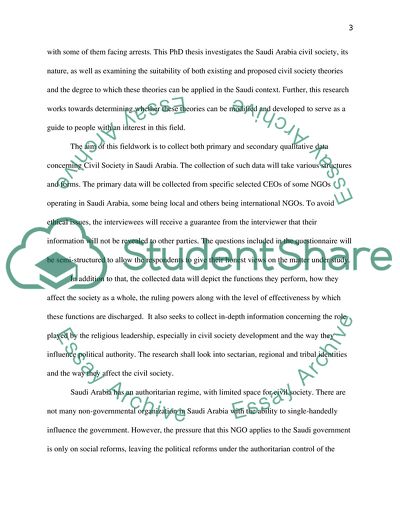Cite this document
(Measurement of Civil Society Essay Example | Topics and Well Written Essays - 4250 words, n.d.)
Measurement of Civil Society Essay Example | Topics and Well Written Essays - 4250 words. https://studentshare.org/social-science/1841759-civil-society-and-religious-figures-in-saudi-arabia-methodology
Measurement of Civil Society Essay Example | Topics and Well Written Essays - 4250 words. https://studentshare.org/social-science/1841759-civil-society-and-religious-figures-in-saudi-arabia-methodology
(Measurement of Civil Society Essay Example | Topics and Well Written Essays - 4250 Words)
Measurement of Civil Society Essay Example | Topics and Well Written Essays - 4250 Words. https://studentshare.org/social-science/1841759-civil-society-and-religious-figures-in-saudi-arabia-methodology.
Measurement of Civil Society Essay Example | Topics and Well Written Essays - 4250 Words. https://studentshare.org/social-science/1841759-civil-society-and-religious-figures-in-saudi-arabia-methodology.
“Measurement of Civil Society Essay Example | Topics and Well Written Essays - 4250 Words”. https://studentshare.org/social-science/1841759-civil-society-and-religious-figures-in-saudi-arabia-methodology.


